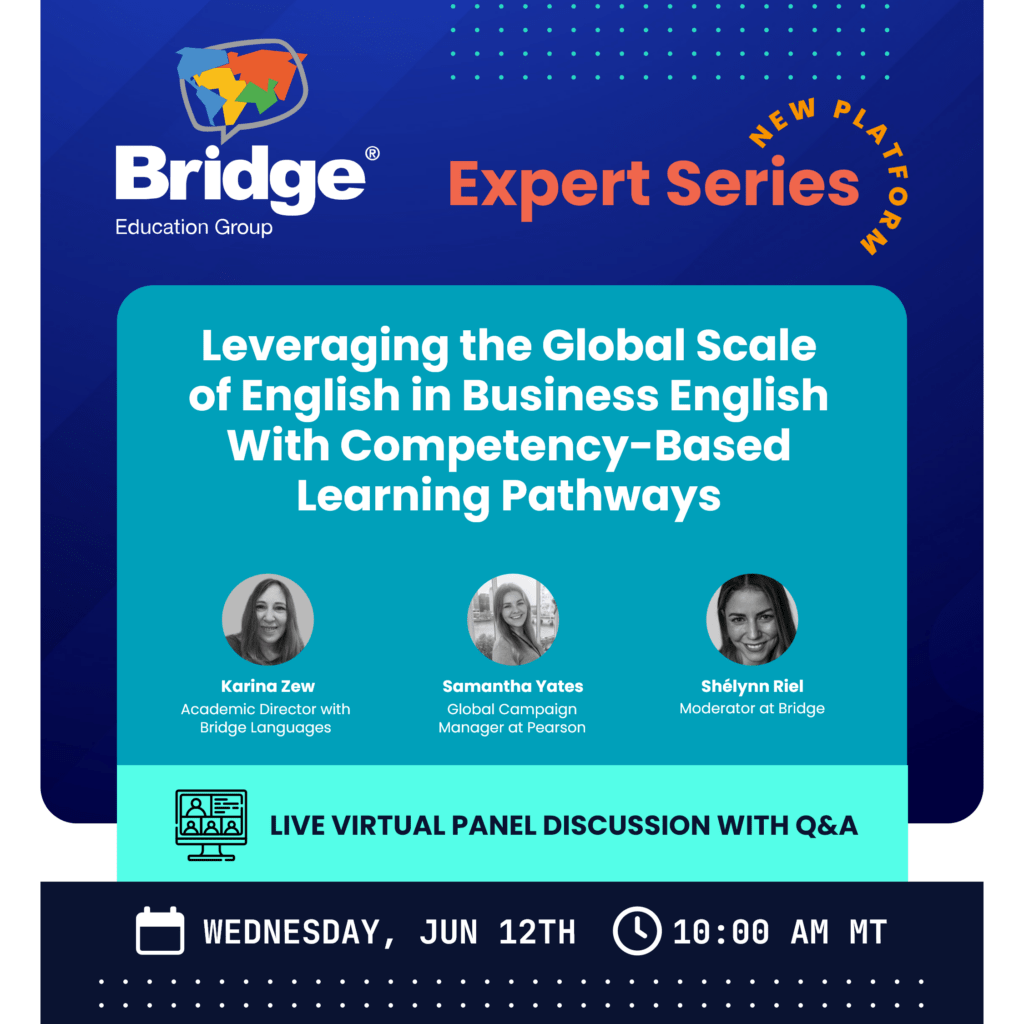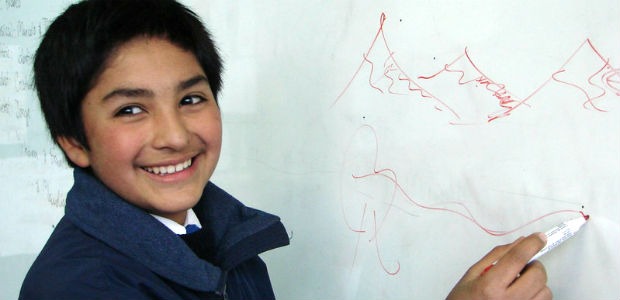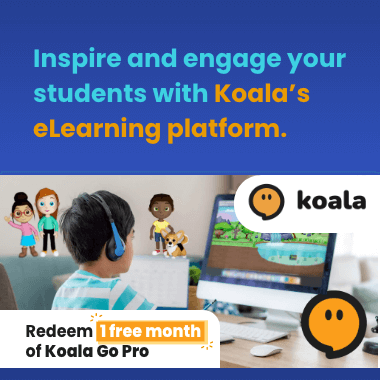Not all students learn in the same ways. Each person brings his own experiences, preferences, and learning style to the classroom. Learning styles have been defined in many ways. Most broadly, distinctions are made between visual, auditory, and kinesthetic learners. For example, imagine that you just found an ad online with the name of a store that you want to remember later. This wish to remember is a kind of learning. Do you look at the words intently for a moment to create a mental picture? Do you say the name aloud a few times? Do you write it out? There is no single, best technique for remembering. We just know what works for us.
Good teachers are aware of learning styles and build variety into all phases of their teaching. Usually there is little difficulty accommodating visual learners: they read books, worksheets, and charts on the board. Students watch videos, follow scripts, and review notes. Auditory learners listen to teachers, classmates, and themselves. There are CDs, DVDs, and computer software to guide learning through listening. The most challenging students in the EFL classroom are the kinesthetic learners. How can we get people doing things that support language? How can we get their bodies moving?
One effective idea is to ask students to create art in the classroom. They draw, build, or shape something, as they talk and write about it. In the video below, the students create posters in pairs to follow up on an earlier research task on movie directors. Then they explain the ideas in the posters in oral presentations. Whole curriculums have been designed around task-based learning, and many tasks involve physical actions. Notice that in the video a visual activity (research) is followed by drawing (kinesthetic) and then by speaking and listening (auditory). Balance – It’s a beautiful thing.





